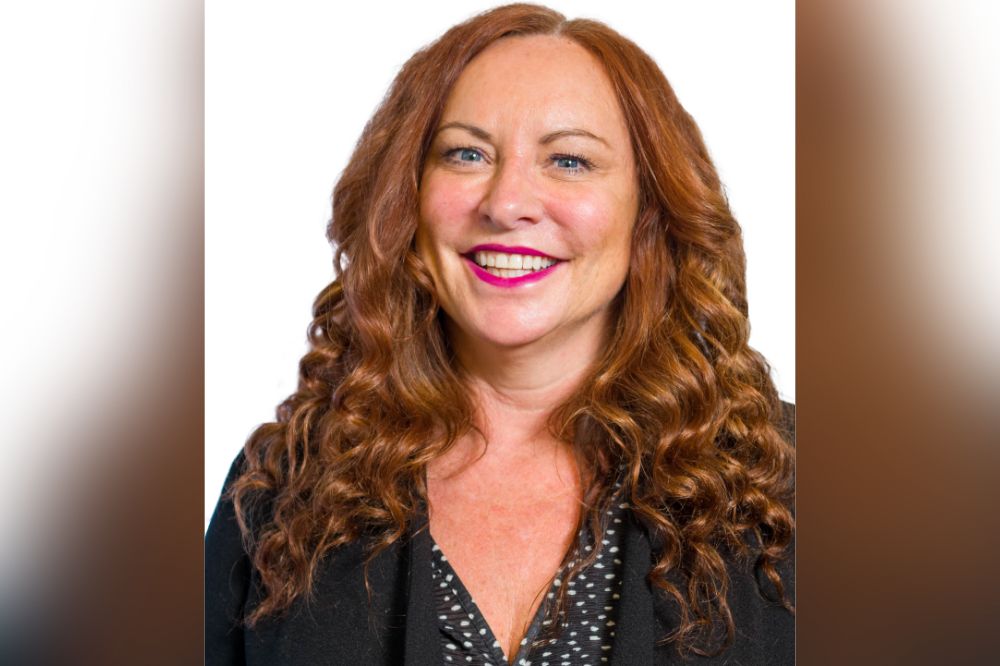How to bolster the loss adjuster of the future

How to bolster the loss adjuster of the future | Insurance Business Asia
Insurance News
How to bolster the loss adjuster of the future
“Use your network”, recommends claims management veteran
Insurance News
By
Mia Wallace
With credits at AIG, Aviva and EY to her name, Nicola Dryden’s (pictured) route to becoming chief client officer at Sedgwick serves as a glowing endorsement of where an insurance career can lead if you’re able to match passion with opportunity. And as a keen advocate for the role a diverse talent pool will play in creating the loss adjuster of the future, she recognizes the depth of support required to even the playing field of loss adjusting and further open up this “incredibly rewarding” career path.
“When I first joined the UK executive board, I was probably the first female to do so,” she said. “But now there are three females and two males on the board so the percentages have increased. We are moving in the right direction. As an organization, we’re trying to attract people from more diverse backgrounds and bring in younger talent. We have stats that we publish on the gender pay gap and how that’s moving, and we’re very open and accountable on what we’re doing to move the dial.
“And it’s going to take time but because it’s on our agenda, we talk about it and we’re putting the right actions in place. For example, we’ve got our women’s Colleague Resource Group (CRG), where we all get together as a network to help each other. I’m a mentor myself and mentor various colleagues in the group. So, it’s all about bringing these resources together to try and empower women within our organization and bring them along this journey.”
Critical support
Having the right learning and development (L&D) support in place is critical to empowering colleagues, Dryden said, but underpinning this is creating the right internal structures that allow people to start when they want to start, and then progress from there. A one-size-fits-all approach to a career doesn’t serve the needs of a diverse talent pipeline and so Sedgwick has created multiple different programs, among them the Sedgwick University which opens up world-class training programs and professional qualifications to colleagues.
“It’s all part of the Sedgwick culture because we recognize that, actually, we’re not anything without our colleagues,” she said. “They deliver the service, they are the most important people in our organization. They’re the ones that have that personal contact with someone who has been through a really awful situation when their home has burnt down or been flooded – situations where empathy needs to be there.
“That empathy is not something you can teach, but it’s at the heart of what we do in claims management. So we hire for those skills, and empower our people with the right training, skills and qualifications to go around that.”
Developing great talent
Dryden noted that while having access to the right opportunities is key to the development of great talent, it’s also critical that the future leaders of the loss-adjusting sector step up to the plate and avail of what’s being offered. To be successful you need to have a little bit of fire, she said, you need to be willing to get out there and seize every available opportunity. What Sedgwick can do is spot talent and point them in the right direction of the courses, materials and initiatives to get them to the next level, but it can’t teach willing.
As somebody who has seen first-hand how rewarding working in claims management can be, Dryden has some key advice for young women looking to pursue a career in loss adjusting.
“I would say to them that I absolutely used my network,” she said. “I spoke to lots of people, I made lots of contacts. I had great managers that I worked with, and they were predominantly male at the time, but they encouraged me, coached me and they supported me. But you’ve got to ask for help, you need to keep pushing forward. We can all avail of personal development support but you’ve got to really want it too.
“I was very persistent about where I wanted to get to in my journey and how I was going to get there. And it was down to me working with all the people that I knew and building up those contacts to get to that place. It’s a two-way street, it has to be.”
Keep up with the latest news and events
Join our mailing list, it’s free!





